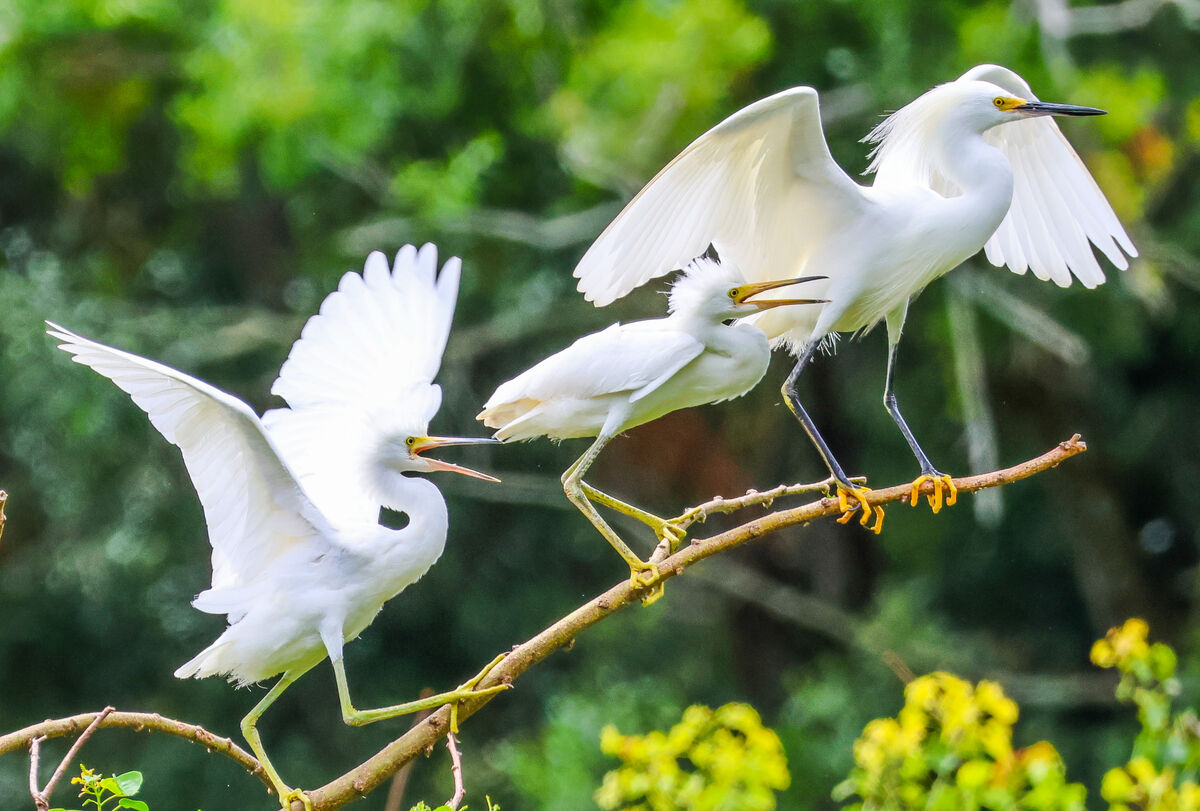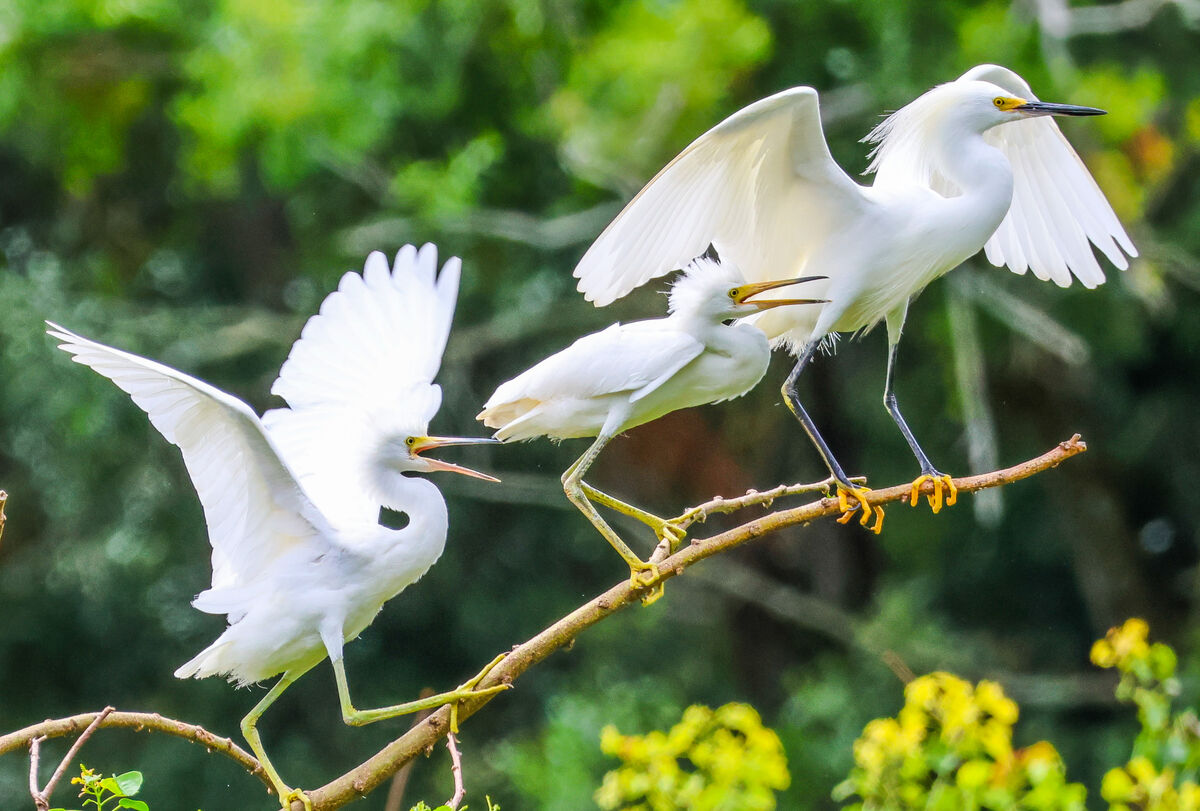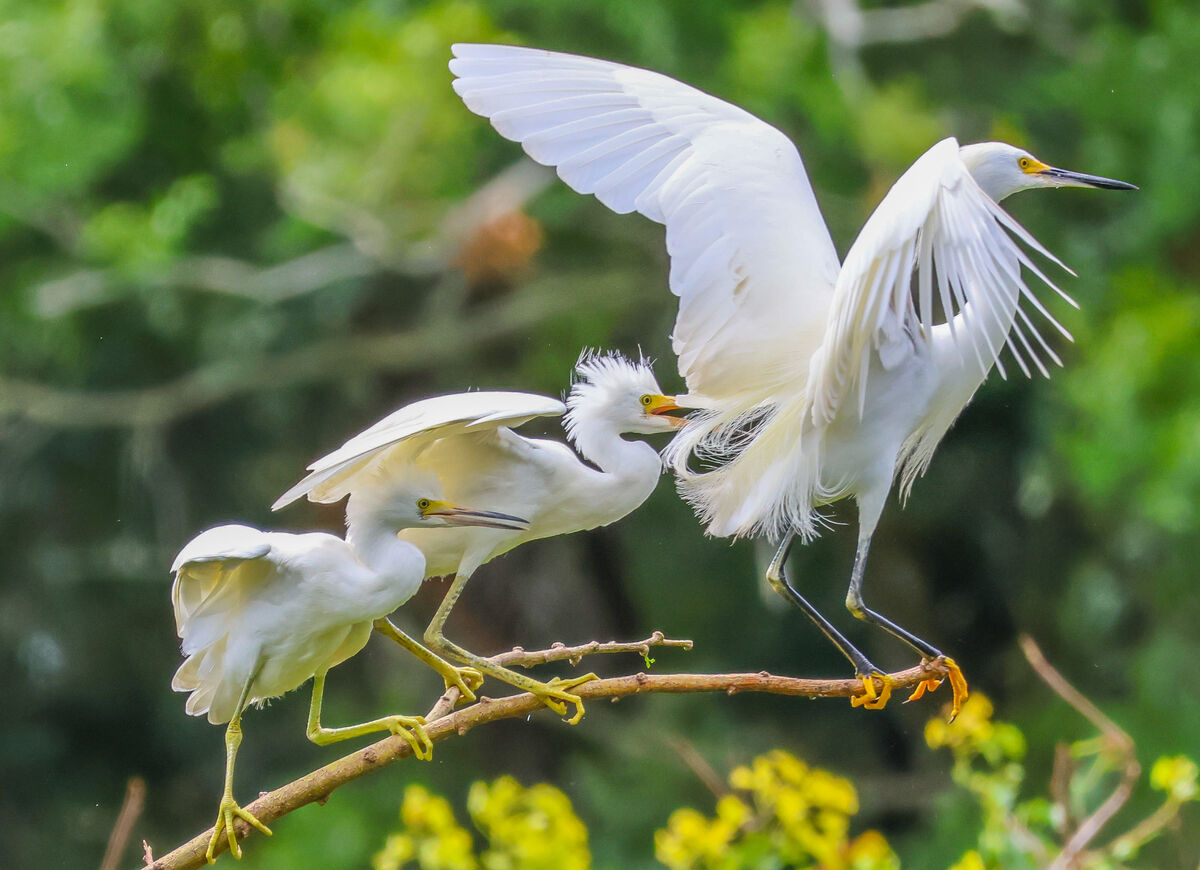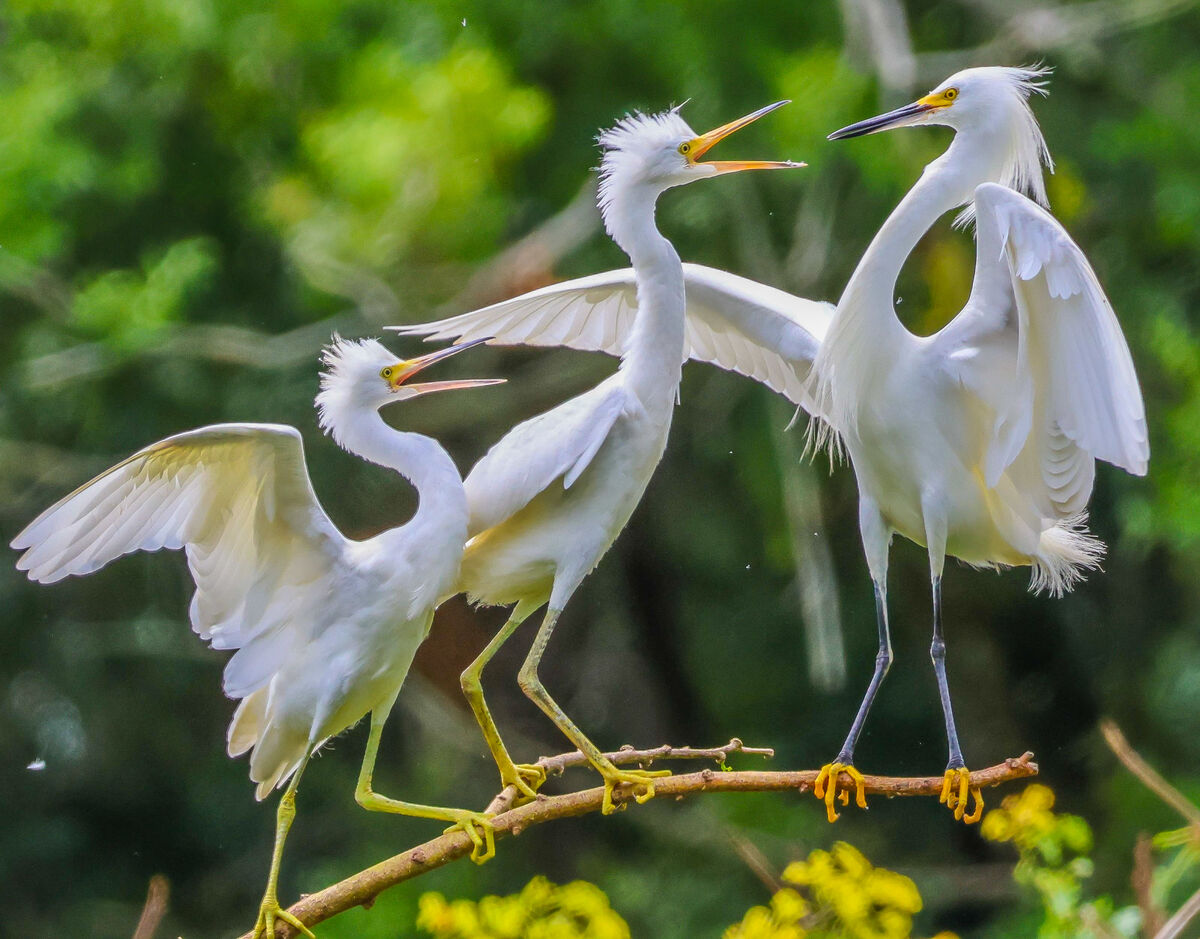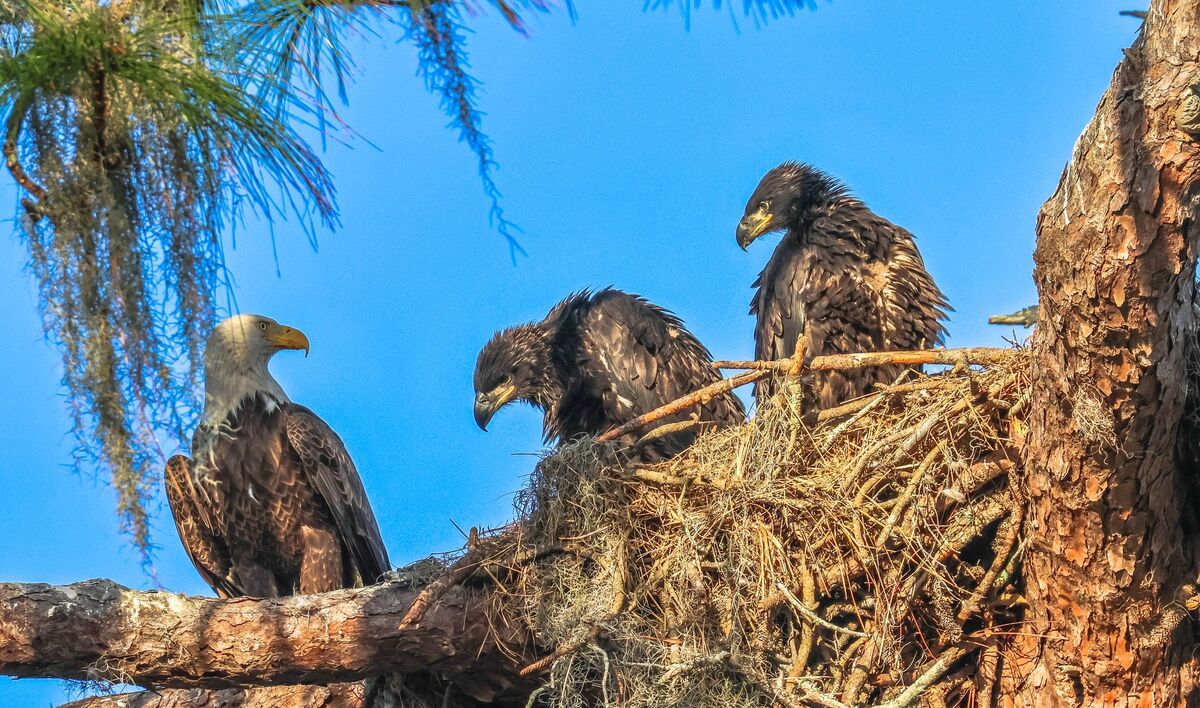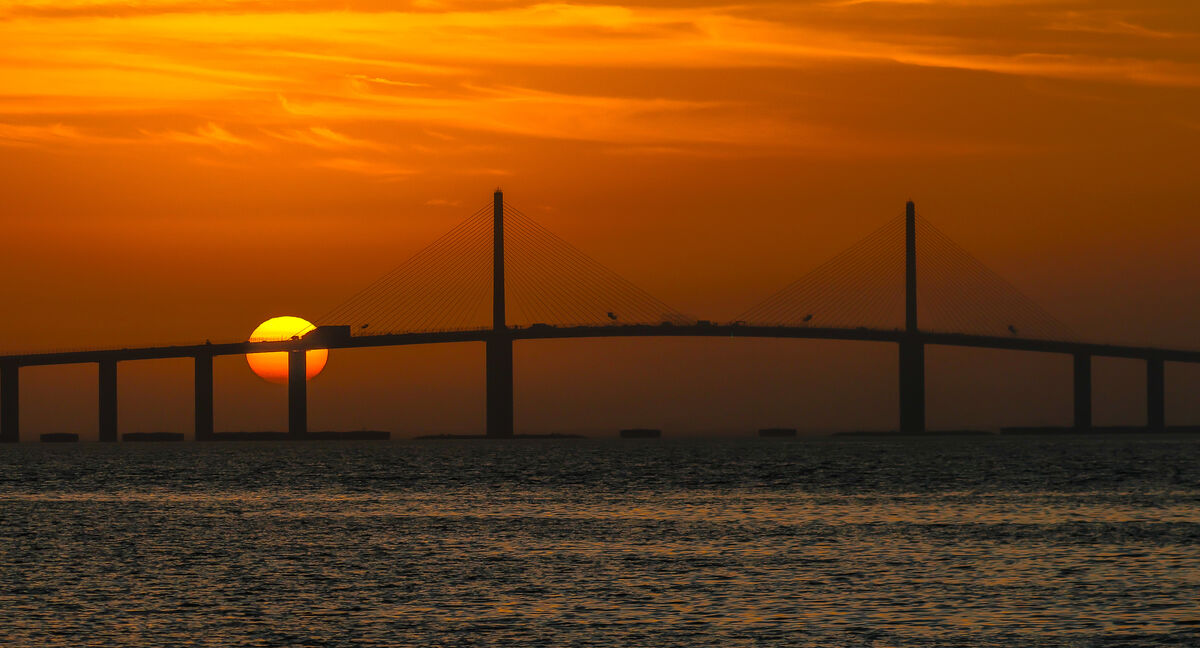Posts for: LEWHITE7747
May 26, 2023 07:32:28 #
profbowman wrote:
I am just curious. You said "untouched," and yet each of the five has a different pixel size. So, they were at least cropped. Right? --Richard
YES , I guess they were cropped heavily. Impossible to get that close to wildlife. Handheld. Spitting hairs?
May 26, 2023 07:29:07 #
CHG_CANON wrote:
Looks like a Bird Section post.
As usual you missed the point. Still brain dead after all these years!
w
May 25, 2023 14:10:55 #
Have a Canon R7 with a 100-400 RF lens. $2000 set up. The following images are jpegs untouched out of the camera. Technology is remarkable.
Feb 17, 2023 12:15:28 #
Feb 12, 2023 10:44:34 #
jerryc41 wrote:
I got one like that a year or more ago. I increased the storage and memory for minimal cost.


Feb 12, 2023 10:42:37 #
lievka wrote:
Great shot
Where was this taken?
Where was this taken?
Bridge over the bay from St. Petersberg to Sarasota and south.
Feb 10, 2023 10:04:29 #
Feb 7, 2023 10:39:20 #
Anclote eagles that return every year to raise a brood of little ones. Incredible birds.
Feb 6, 2023 11:33:34 #
I have an R7. Would anyone have any advice if it would improve my photos if I went from a EF 100-400 ll to the RF 100-500 lens.
Feb 6, 2023 11:19:58 #
Niklon wrote:
I am looking for a moderately priced (<$1,000) that will handle the Topaz offerings well. Any suggestions would be appreciated.
Thanks,
Klon
Thanks,
Klon
Just bought an ACER laptop on AMAZON for$599. Full HD-IPS screen with 36 RAM. VERY FAST and can handle anything you can throw at it. (1TB ssd).
Feb 3, 2023 11:26:57 #
[quote=Sidwalkastronomy]In my Canon T7i with
SanDisk 64 GB sandisk new card will take
JPEG 5269.
Raw 1358
JPEG + Raw 1079.
So shooting both only decreases the # of shots by 279 so what is the big deal of shooting both for the best of both worlds?
I have my reasons and after a fishing trip I like to pass around hard photos not pass a phone around. I'm NOT going home and post processing.
Raw files and jpeg both saved and as my time and post skills improve I can always go back.[/quot
Try C-Raw
SanDisk 64 GB sandisk new card will take
JPEG 5269.
Raw 1358
JPEG + Raw 1079.
So shooting both only decreases the # of shots by 279 so what is the big deal of shooting both for the best of both worlds?
I have my reasons and after a fishing trip I like to pass around hard photos not pass a phone around. I'm NOT going home and post processing.
Raw files and jpeg both saved and as my time and post skills improve I can always go back.[/quot
Try C-Raw
Feb 1, 2023 16:30:37 #
rlv567 wrote:
I have excerpted a few salient points from a very ... (show quote)
Jared Polin has started using JPEG's as they are now (with the new algorithms) as good as RAW files.
Jan 31, 2023 12:51:20 #
Jan 29, 2023 10:47:55 #
jerryc41 wrote:
I got a paper bill from Spectrum, which is odd. The bill has risen to over $203. I'm calling tomorrow to cancel the TV portion. I'm going to try YouTube TV. I wonder how long it will take me to cancel tomorrow. If they're anything like XM Radio, I'll have to make lunch. : )
They keep raising and raising the price, with no increase in service.
They keep raising and raising the price, with no increase in service.
They are trying to make as much money as possible before they become obsolete.
Jan 29, 2023 10:39:11 #
Hoku1 wrote:
Aloha UHHs, br br I was about to press the purcha... (show quote)
I have just bought the R7. The focusing system will blow you away. $1500 The best money I ever spent for photo equipment.
